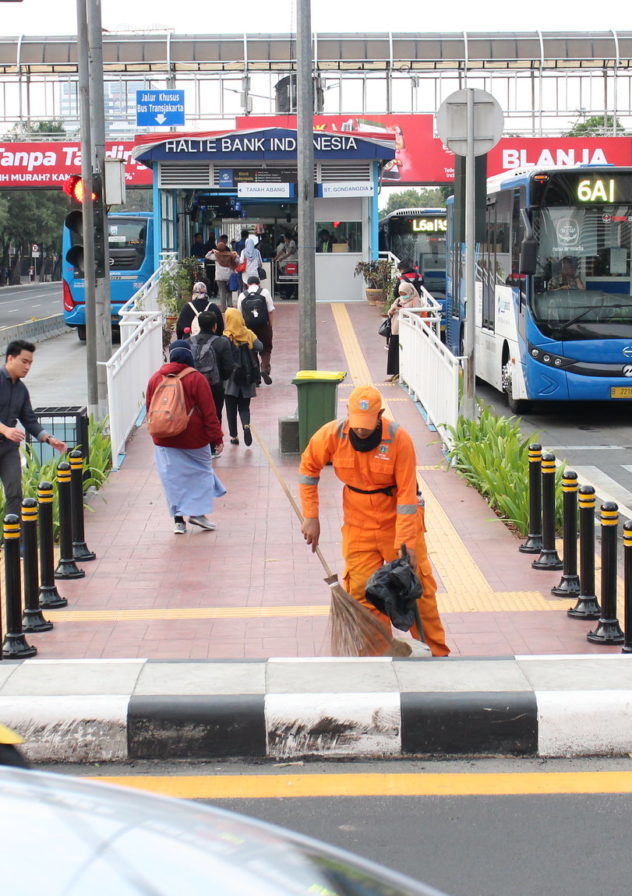Using data and technology to integrate mobility modes in low-income cities
Innovations in data and technology in transportation have led to new forms of flexible, on-demand mobility and urban freight services. Such advances have also enabled better integration between urban transport modes and facilitated more predictable, environmentally-friendly, high-volume trips. Despite their high potential to facilitate integrated mobility, many of these technologies such as open data and standards, GPS-tracking, and cashless fare payment are less prevalent in lower income cities compared to high income cities.
This review identifies recent advances in technology and data that can facilitate multimodal urban travel, and evaluates the application of these advances in low- and lower middle-income (LIC and LMIC) cities, particularly in Sub-Saharan Africa and Asia. We also consider potential barriers to adopting and risks of utilising these technologies in LICs and LMICs. The review finds that, enabled by technology and data advances, LICs and LMICs could leapfrog the high car use and inefficient urban freight systems typical of higher income cities to achieve more integrated, efficient, multimodal transport systems.

